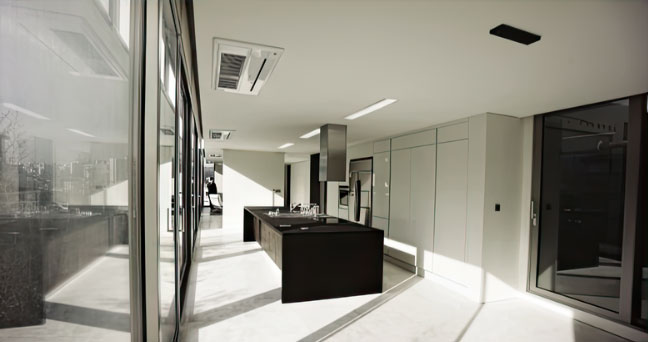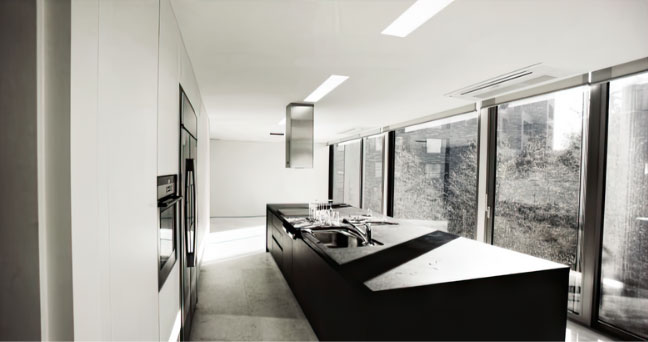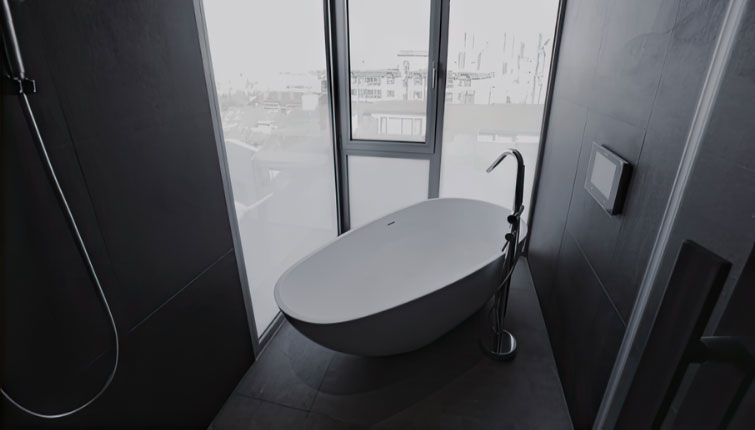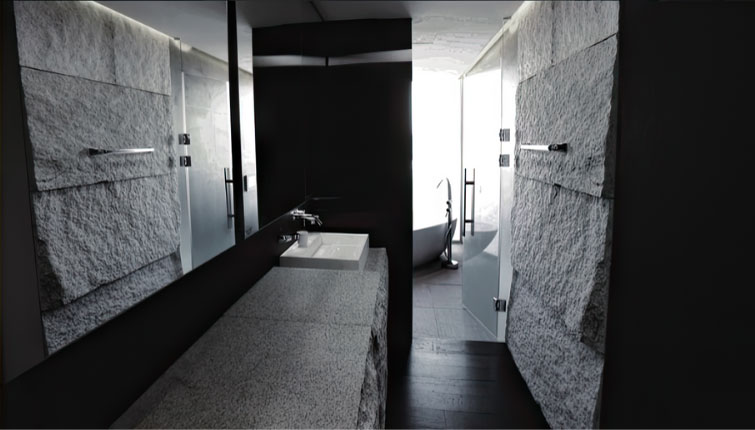LE GARDEN 7th
- Architects PLAENC
- Location Bangbae
- Area 2,062.39m2
- Project year 2015
- Build Design & Build

Architecture is all around us. The process of planning, designing, and constructing is an artform within itself. Just like we admire historical constructions, architecture plays an important role for future generations to witness our cultural achievements.
The creative manipulation encompasses our intellectual ideas to become a reality with carefully planned drawings, specifications, and structures.
Calm, sober and intellectual surprises should always be possible with design. Practical value and beauty are not mutually exclusive, even today, and they are unlikely to be so in the future either. For me, a restrained aesthetic and function that is as optimised as possible have always been important. These qualities lead to long utilisation cycles; The objects do not become visually unbearable after a short time because they have not pushed themselves into the foreground. Certainly, these qualities also act as a constraint upon innovation.

Calm, sober and intellectual surprises should always be possible with design. Practical value and beauty are not mutually exclusive, even today, and they are unlikely to be so in the future either. For me, a restrained aesthetic and function that is as optimised as possible have always been important. These qualities lead to long utilisation cycles; The objects do not become visually unbearable after a short time because they have not pushed themselves into the foreground. Certainly, these qualities also act as a constraint upon innovation.

Minimalism is a movement that seeks purity as an expression of aesthetic beauty along with practicality.



Space has always been the spiritual dimension of architecture. It is not the physical statement of the structure so much as what it contains that moves us. There is a danger when every building has to look spectacular, to look like it is chageing the world. I don't care how a building looks if means something, not to architects, but to the people who use it.
Beauty, not just appearance, that is both exemplary and instructive, certainly intensifies and prolongs the relationship with the user and therefore also makes sense ecologically. In my 10 principles of good design, i have written that the aesthetic quality of a product is an integral aspect of its usefulness, for the appliacves that we use daily have an impact on our personal environment and influence our sense of well-being. But a thing can only be beautiful if it is also well made. Of course, there are general criteria of beauty such as harmony, contrast or proportions, but individual aesthetic sensibilities can very a lot and can also depend upon knowledge, education and awareness.
This is why we have always tended to steer well clear from this discussion about beauty and argued instead for a design that is as reduced, clear and user-oriented as possible, and simply more bearable for a longer period of time. But "simple" is especially hard to achieve.
This is why we have always tended to steer well clear from this discussion about beauty and argued instead for a design that is as reduced, clear and user-oriented as possible, and simply more bearable for a longer period of time. But "simple" is especially hard to achieve.

Architects are natural storytellers - it's a process that is inherently built into our creative process and when used properly, it's one of the very best tools in our tool bag. Part of the reason architects are such good storytellers is that they frequently develop a narrative to help guide them through the design process.

It's not that much different from "method Acting", a technique that combines an actor's interpretation of their character's psychological motives and personality traits with their own personal experiences and memories in an attempt to create a more life-like performance. When i sit down at my desk to start the design process, particularly when I am working on a residential project. I take everything i know about the people I am working for and i develop narratives to help guide me through a pattern of their behavior so that i can design a house that suits their needs, not one that suits My needs.

That distinction is what technically makes me a professional. When we get a new client or project, one of the first things we do is try and find out who they are and what they want. The other way that architects are great storytellers, is that we develop these narratives as a mechanism to educate someone on our thought process. I need to walk people through my design process in a way that they can understand the end result in a more appreciative manner, it works way better than telling someone.